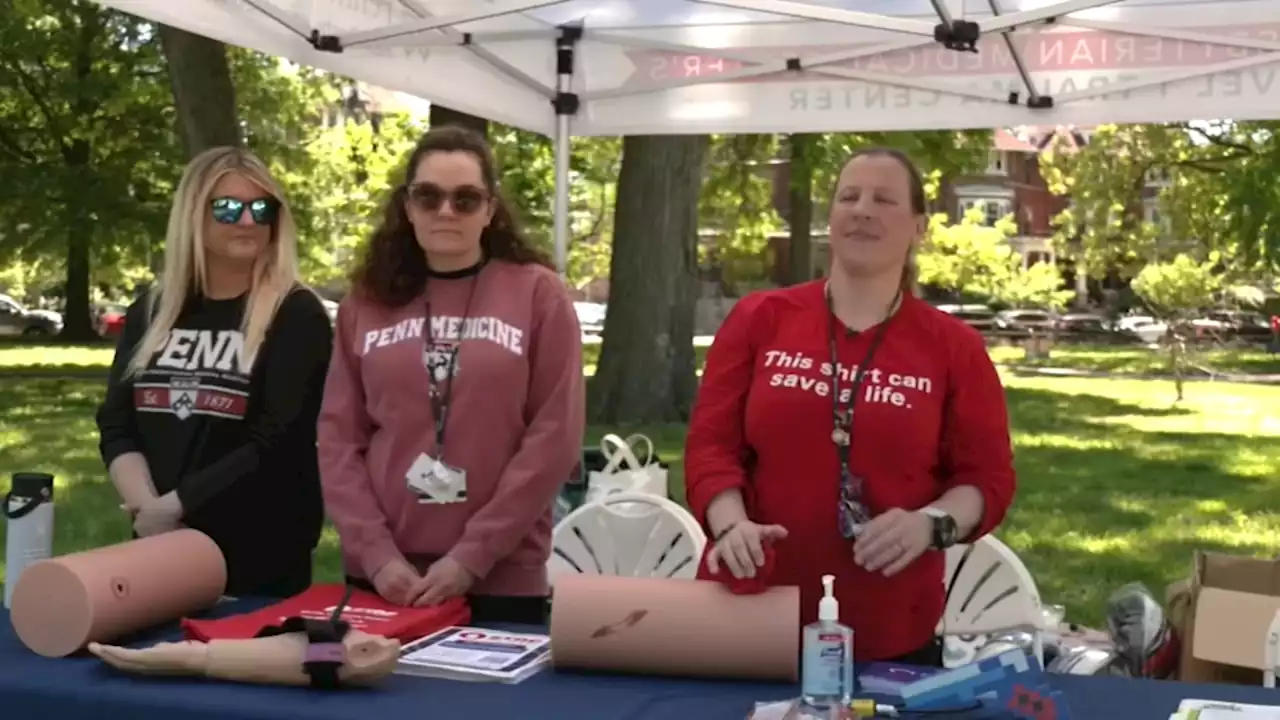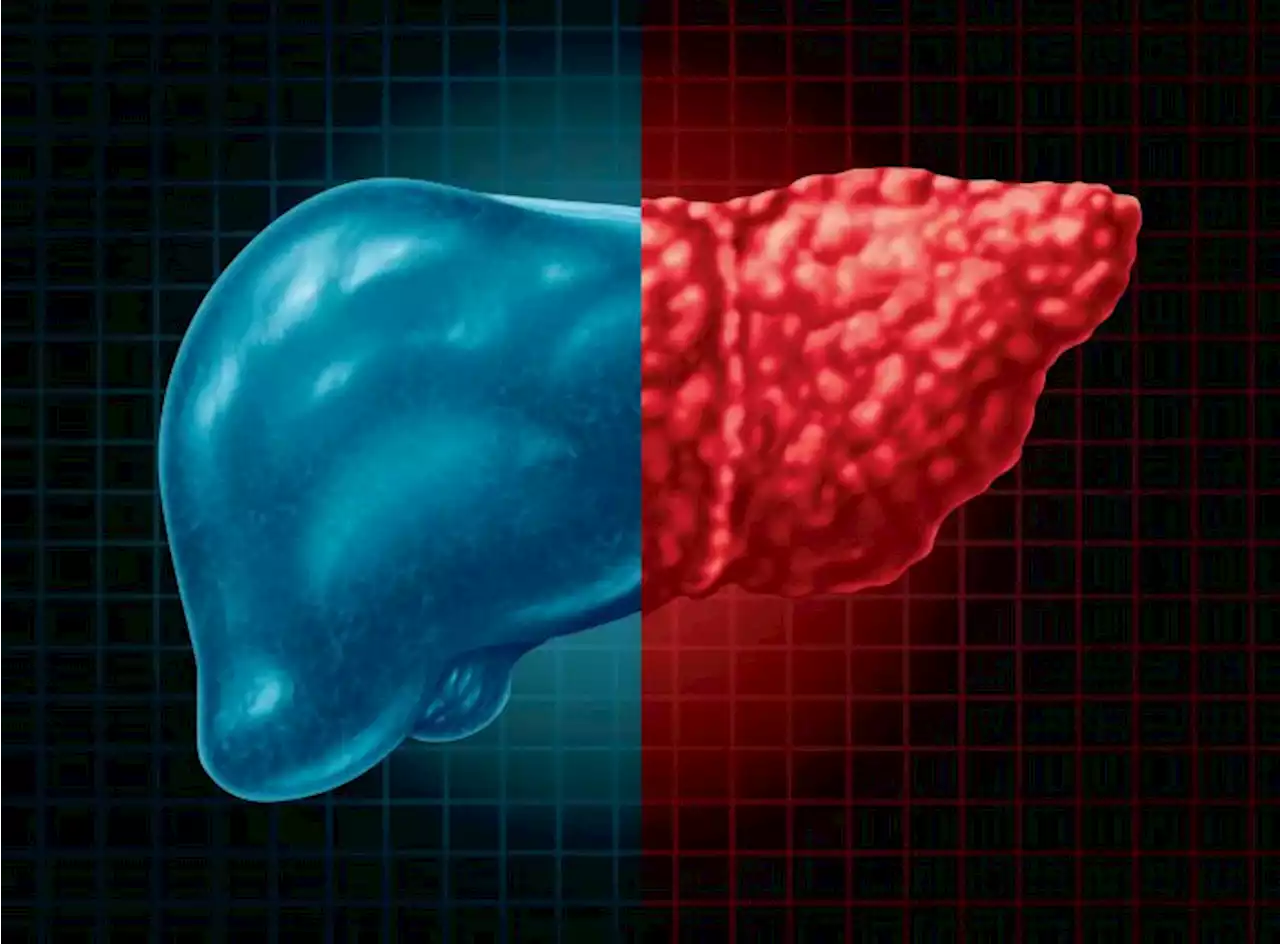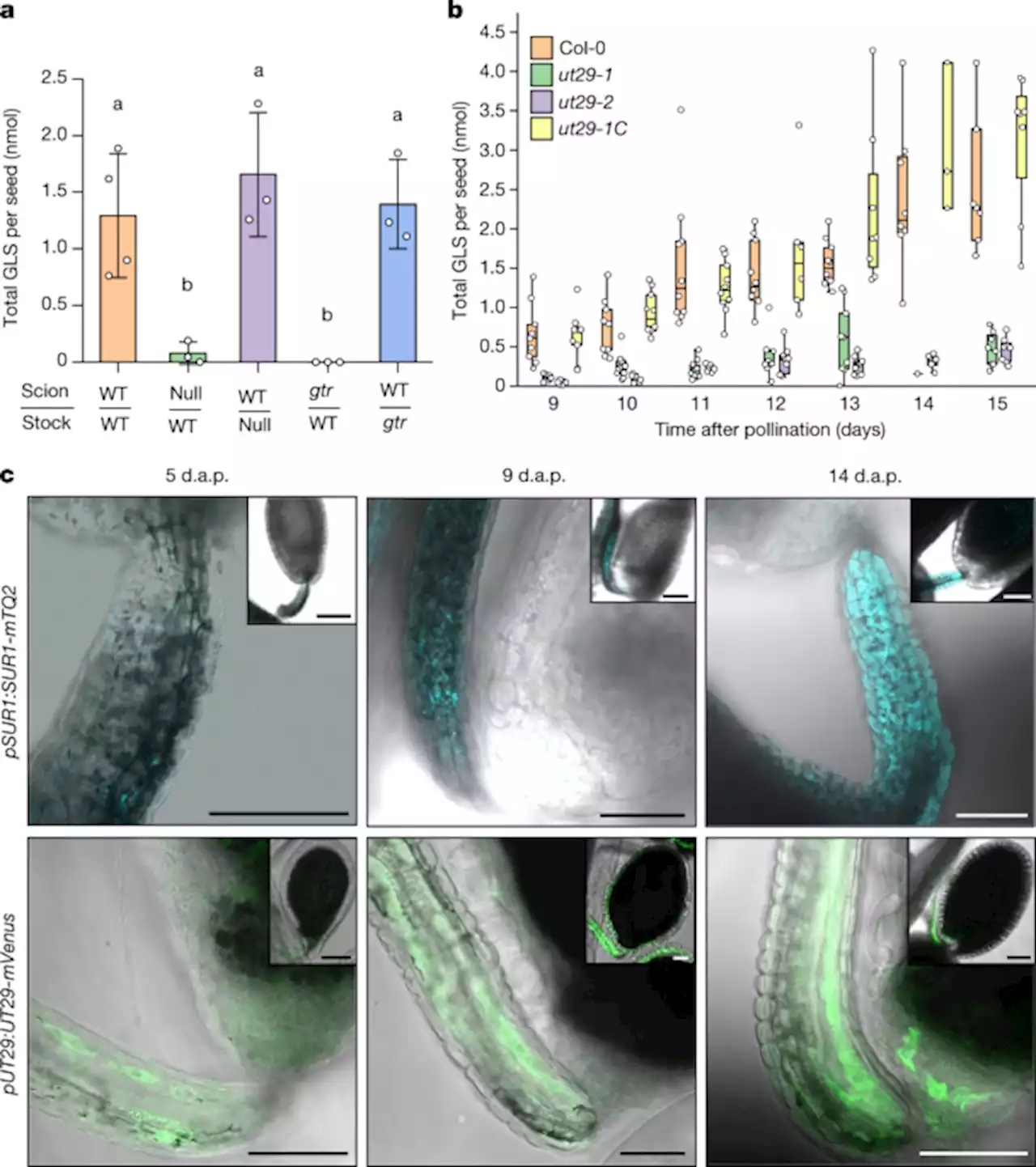Rare-disease researchers pioneer a unique approach to clinical trials. News feature from TechTyper, part of our series Rethinking Evidence in Medicine.
In the development of new treatments for rare diseases, a crucial challenge lies in the name: rare. Despite their being rare, there are many of these diseases, withthat each affect fewer than 200,000 Americans, according to the US Food and Drug Administration . Researchers are continually trying to develop safe and effective new treatments for thousands of rare diseases, but it is difficult. Some of the most promising approaches lie in modified clinical trials and making use of real-world data.
Aartsma-Rus develops treatments based on antisense oligonucleotides for patients with very rare mutations or even individual cases, so-called n-of-1 trials. Side effects of personalized therapies will be seen only after they are tested in humans, she says: “So far, there’s not really a solution for predicting this, and the only real proof is your actual patient.”
For rare diseases that progress at an intermediate rate, clinical trials might rely more on surrogate biomarkers, such as the level of a pathogenic protein. “In such diseases, we’re hoping to use an enzyme level or protein-expression level to predict clinical benefit,” Marks says. “You might come in with a genome editor, restore a functional protein’s level, and then correlate that, either in animal models or in humans, with an improvement in the clinical outcome.
The traditional clinical trial with fixed treatment groups can be ill suited to rare diseases, with some researchers opting for adaptive trials. In an adaptive trial, “you look at the progression of the trial, and then you adjust — randomize in a different way, add patients, change the dose,” Thirstrup explains. “So, you gradually adapt your trial to find out where you get the best efficacy and in what population.
“As rapidly evolving technologies, wearables gathering real-world data have the potential to transform the design and outcomes of clinical research,” says Vivek Subbiah, an associate professor of investigational cancer therapies at The University of Texas MD Anderson Cancer Center in Houston. “Those data are needed to minimize the gap between drug performance in the controlled environment of a randomized clinical trial versus the real-world setting.
Real-world data is already playing a crucial part in studies of metachromatic leukodystrophy, a rare inherited disease that causes the buildup of lipids in the nervous system and that affects 1 in 40,000 newborns. At the San Raffaele Telethon Institute for Gene Therapy in Milan, Italy, Luigi Naldini and his colleagues tested a hematopoietic-stem-cell-based therapy for children with early symptoms of metachromatic leukodystrophy.
Malaysia Latest News, Malaysia Headlines
Similar News:You can also read news stories similar to this one that we have collected from other news sources.
 Time for real-world health data to become routine - Nature MedicineTime for real-world health data to become routine. World View from dramyabernethy, Verily, part of our series Rethinking Evidence in Medicine.
Time for real-world health data to become routine - Nature MedicineTime for real-world health data to become routine. World View from dramyabernethy, Verily, part of our series Rethinking Evidence in Medicine.
Read more »
 Penn Medicine nurses give back to community through annual resource fair in PhiladelphiaOn a week meant to celebrate them, nurses spent their time doing what they do best, taking care of their community.
Penn Medicine nurses give back to community through annual resource fair in PhiladelphiaOn a week meant to celebrate them, nurses spent their time doing what they do best, taking care of their community.
Read more »
 Dear Abby: I have to take nerve medicine to deal with my in-lawsNow they refuse to stay in a hotel, and my husband won’t back me up.
Dear Abby: I have to take nerve medicine to deal with my in-lawsNow they refuse to stay in a hotel, and my husband won’t back me up.
Read more »
 Organization helps connect military members and veterans to nature and each otherThe Fallen Outdoors is an organization throughout the country that helps connect veterans and active duty military members through fishing, hunting, and hiking trips.
Organization helps connect military members and veterans to nature and each otherThe Fallen Outdoors is an organization throughout the country that helps connect veterans and active duty military members through fishing, hunting, and hiking trips.
Read more »
 NASH therapies head toward landmark approval - Nature BiotechnologyDrugs targeting metabolic drivers of fatty liver disease show promise at resolving inflammation, reducing damage and reversing fibrosis.
NASH therapies head toward landmark approval - Nature BiotechnologyDrugs targeting metabolic drivers of fatty liver disease show promise at resolving inflammation, reducing damage and reversing fibrosis.
Read more »
 Export of defensive glucosinolates is key for their accumulation in seeds - NatureArabidopsis thaliana UMAMIT uniporters facilitate glucosinolate efflux from biosynthetic cells along the electrochemical gradient into the apoplast, in which the high-affinity H+-coupled glucosinolate importers GLUCOSINOLATE TRANSPORTERS (GTRs) load them into the phloem for translocation to the seeds.
Export of defensive glucosinolates is key for their accumulation in seeds - NatureArabidopsis thaliana UMAMIT uniporters facilitate glucosinolate efflux from biosynthetic cells along the electrochemical gradient into the apoplast, in which the high-affinity H+-coupled glucosinolate importers GLUCOSINOLATE TRANSPORTERS (GTRs) load them into the phloem for translocation to the seeds.
Read more »
